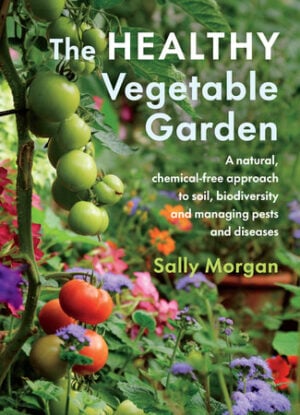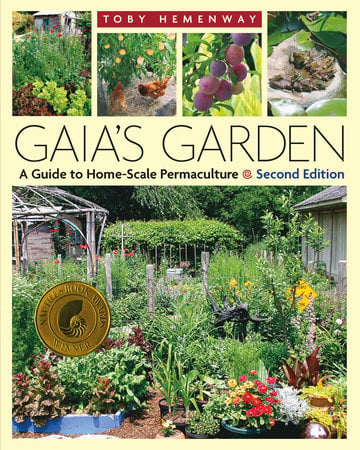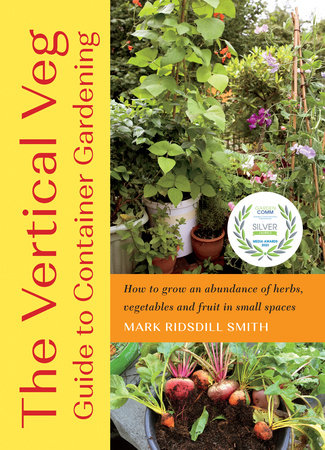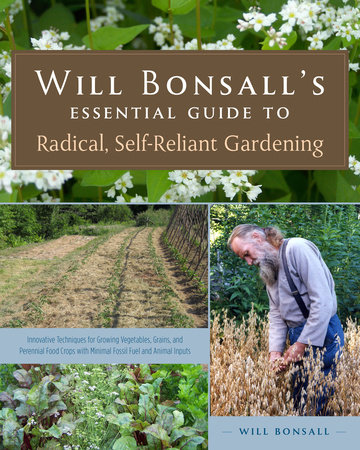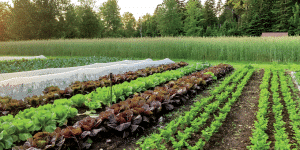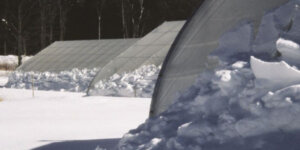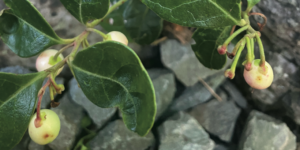10 Easy-to-Grow Flowers for Pest Control
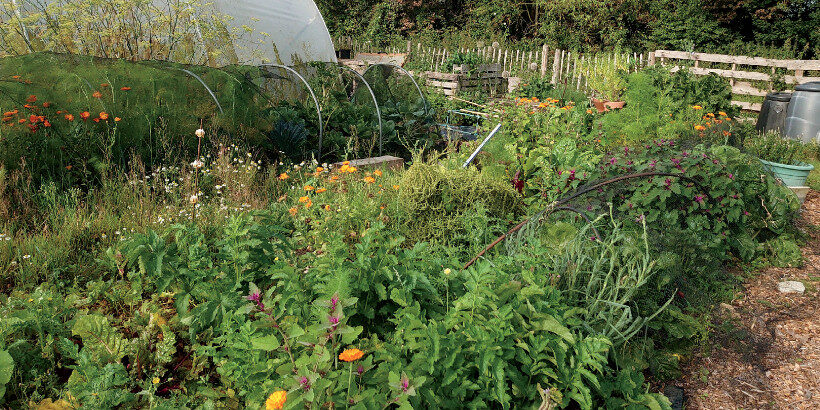
It’s difficult to know what flowers are best for your garden — and even then, which flowers are easy to care for. Some flowers, like Dandelions and Sunflowers, are incredibly easy, as long as you have plenty of sunlight. While other flowers, like marigolds, have so many different variations that are each easy to grow in their own right. Grow banks of these flowers around your garden to ensure efficient pest control!
The following is an excerpt from The Healthy Vegetable Garden by Sally Morgan. It has been adapted for the web.
There are some flowers that I’m never without and, fortunately, they are easy to grow from seed. My top 10 here will provide you with a steady supply of flowers from early spring to autumn. Banks of these flowers around your growing area will make sure that predatory insects don’t have to travel far to find food.
1. Phacelia (Phacelia tanacetifolia)Predatory insects just love this plant. It’s brilliant for bees, but studies have shown that phacelia is also the best flower for attracting parasitic hoverflies, ensuring they spend longer on the plot, laying eggs and hunting. Studies in Europe show that corridors of phacelia in sugar beet fields lead to fewer bean aphids due to more parasitic hoverflies, while growing buckwheat and phacelia in Swiss cabbage fields increased populations of parasitic wasps that attacked cabbage aphids. Phacelia seed is easy to sow; simply scatter seeds when you have a patch of bare ground in late summer and autumn and it will provide you with early spring flowers, then sow again in spring for later in the year. And if you allow it to self seed, you will have a continuous supply of flowers across the plot. Learn to recognise the frilly leaves and you can simply hoe the seedlings you don’t want. |
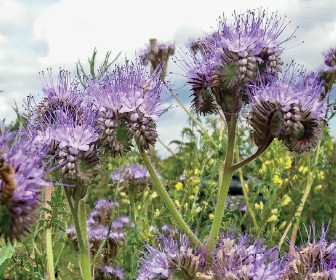
|
2. Borage (Borago officinalis)It’s claimed that the borage plant can produce nectar more quickly than any other plant. I don’t know if that’s true, but I can safely say my borage in early spring buzzes with bees of all sorts, as well as ladybirds and other predators. Once sown, you don’t ever need to sow again unless you are a very tidy gardener. Mine set seed all over the place, so it’s just a question of which ones to leave. They grow into large, straggly plants, so this determines where I let them grow. It’s also a useful companion plant, producing flowers from early spring to late autumn. |
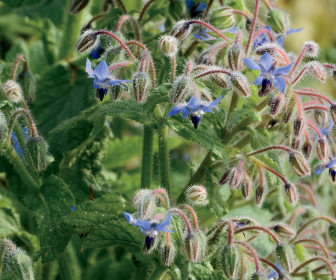
|
3. Parsnip (Pastinaca sativa)In the late spring, the open umbels of yellow flowers in late spring really bring in the insects. |
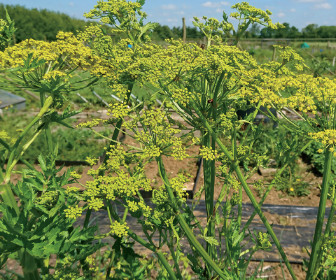
|
4. Buckwheat (Fagopyrum esculentum)This plant flowers for the longest period, up to three months, which can take you through to late summer when many other flowers have given up. Buckwheat is drought tolerant, so it also helps in a dry summer when the lack of water can wipe out your annual sowings. Sow in late spring to early summer for flowers from early summer to early autumn. |
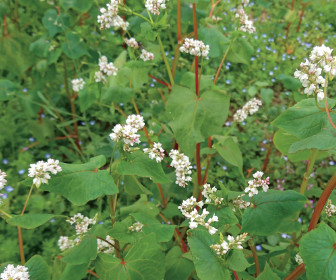
|
5. Sweet alyssum (Lobularia maritima)This low-growing annual creates a carpet of white-scented flowers. It’s easy to establish; simply scatter the seeds on a patch of bare soil. It flowers from late spring through to late summer. Not only does sweet alyssum bring in predators, but the carpet of plants protects the soil in summer with a living mulch and reduces water loss. |
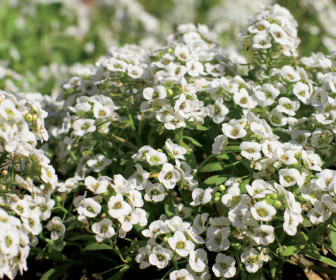
|
6. Angelica (Angelica spp.)This biennial produces the most amazing statuesque flower stalks in spring which attract bees, hoverflies, ladybirds and parasitic wasps. It likes a shady spot with mulched moist soil. Seeds sown in autumn or late spring will grow on through the first year and flower the following spring. |
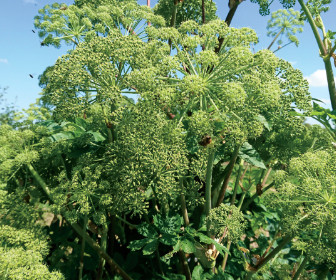
|
7. Sunflower (Helianthus spp.)Who doesn’t love seeing the huge yellow heads of the sunflower? They attract a steady stream of insect visitors, not just bees and bumblebees, but also lacewings and ladybirds. But sunflowers aren’t great for hoverflies. You can grow many different varieties: some dwarf, others multistemmed, as well as the typical giant sunflower. Sow in spring for flowers from mid-summer to early autumn. There are also perennial members of the sunflower family to consider, including Jerusalem artichoke (Helianthus perennis), which flowers late in the season and has the added bonus of edible tubers, and the Maxmillian sunflower (Helianthus maximiliani), a tall, drought-tolerant perennial with loads of bright yellow flowers in late summer into autumn that attract both butterflies and birds. |
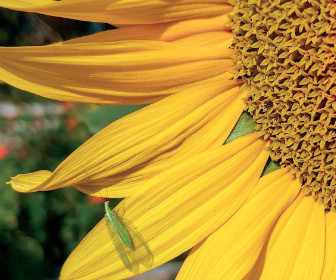
|
8. Fennel (Foeniculum vulgare)This can be grown as an annual or perennial. Just like parsnips, its umbels of yellow flowers are great for pollinators in late spring and early summer. It’s easiest to let some of your fennel crop go to seed, so you are never without it, or you can buy the more ornamental perennial purple fennel. |
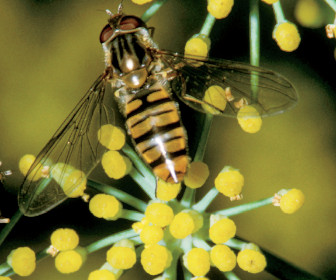
|
9. Marigolds (Tagetes and Calendula spp.)There are lots of different marigolds for the garden, including African, French and pot marigolds. All are easy to sow, most self seed, and they attract bees and hoverflies. Pot marigolds (Calendula officinalis) flower from mid-spring through to the first frosts, while French and African marigolds (Tagetes patula and T. erecta, respectively) flower in summer through to autumn. My polytunnel French marigolds often continue flowering through to early winter.
|
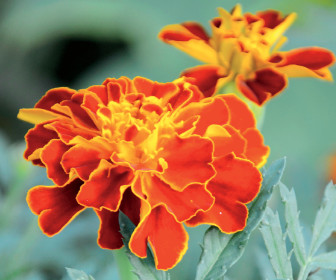
|
10. Dandelion (Taraxacum officinale)Considered by many gardeners to be a weed, the dandelion is actually a useful plant as it flowers early, providing that essential nectar supply, and the leaves are edible and full of nutrients. Try this idea around your raspberries. Establish dandelions between rows of summer raspberries to attract pollinators. You get a sequence of flowers: dandelions first, then raspberries, followed by the other berries, such as blackberries. Mow the dandelions once they have flowered, so there is no seed to spread. Dandelions are deeprooted, so they bring up minerals from the subsoil and easily out-compete the other weeds. It’s so much easier to let the dandelions control the other weeds than to dig them out of the ground. |
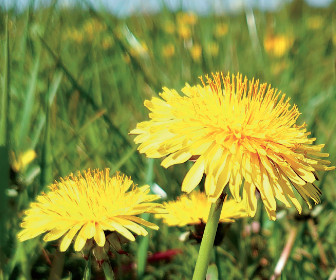
|
Recommended Reads
Recent Articles
No heated greenhouse? No problem! Discover the secrets to thriving winter gardening without breaking the bank.
Read MoreWintergreen is the stunning evergreen groundcover that’s a game-changer for your garden! It’s cherished for its aromatic leaves, vibrant fall color & bright berries.
Read MoreGrow winter carrots for a sweeter & more flavorful harvest! Ditch the bland, store-bought carrots this winter! Grow your own winter carrots for a sweeter and more flavorful twist 🥕🥕
Read MoreWinter is coming… but that doesn’t mean you should put away those tools just yet. Extend the growing season well past the first frost!
Read More

